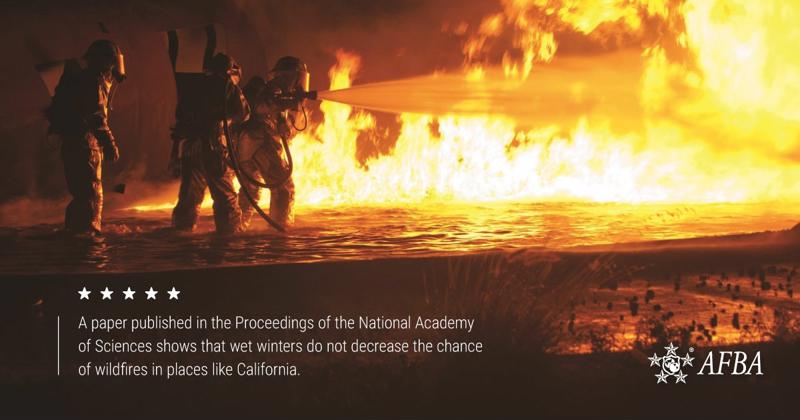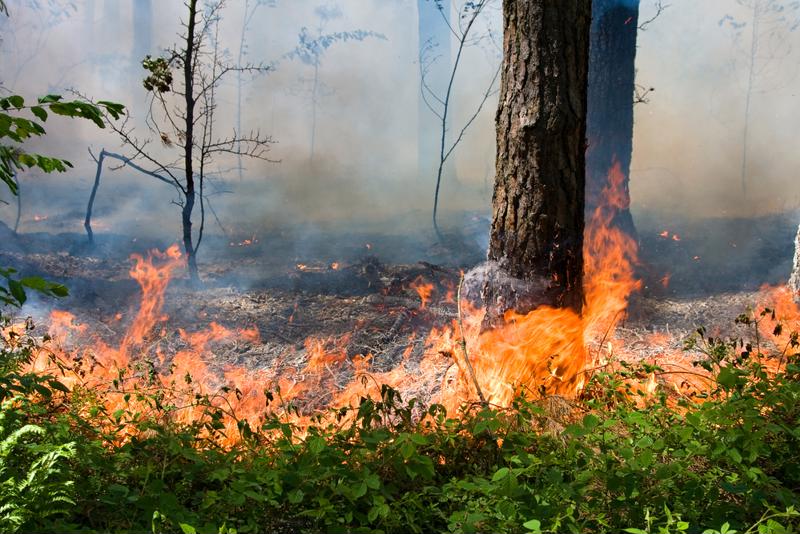Conventional logic may hold that a wet winter should be enough to ward off the threat of wildfires, especially in California. However, while winter precipitation has done wonders to reverse the state's drought conditions, it's not having the desired effect as a natural guard against wildfires.
If anything, the wet winters that California is experiencing recently have exacerbated the risk of wildfire, with lush vegetation regrowing rapidly, only to be burnt again. Additionally, a new body of evidence is increasingly pointing toward an abrupt turnaround in the relationship between preceding winters and wildfire seasons — as in, no matter how snowy and rainy the winter is, it's not reducing the threat of wildfires.
As these trends continue to develop, first responders in and around the state are starting to prepare for wildfires year-round.
'The new normal'
The wildfire watch is kept throughout the year in California, meaning first responders have to be ready 24/7/365. After a 2018 that saw the state's deadliest fire and numerous other destructive and high-profile blazes, California government and first responders are adjusting.
"This is the new normal," then Gov. Jerry Brown had said in December 2017. "We're about ready to have firefighting at Christmas. This is very odd and unusual."

April showers may bring May fires
The 2018-2019 winter season has been a long one for California, stretching into May, according to the Los Angeles Times. The extended winter has brought much-needed precipitation to the state. It's also done an excellent job at nourishing the grounds that were charred just months ago, allowing flora to regrow at a rapid pace. However, the return to green is anything but welcome by wildfire experts, who warn the thriving brush is just kindling waiting to burst as soon as the intense, dry air comes in.
"The good news is we need the water, but the bad news is it's building the fuel load for what has always been our fire season," Bill Patzert, a local weather expert and former climatologist with the Jet Propulsion Laboratory, told the LA Times.
Some plants regrow faster after a fire, which makes it worse when they dry out under oppressive summer heat and arid conditions. The dead grass and brush creates the ideal fuel bed, allowing wildfires to spread and grow quickly. The Washington Post has also reported on the increased risks brought on by wet winters, and the more expansive forest management the state must undertake.
Increased moisture does not decrease wildfire risk
For centuries, wet California winters were scientifically linked to reduced wildfire risk. Researchers recently looked at this connection and found between 1600 and 1903, rainy winters brought on by the North Pacific jet stream were followed by low wildfire activity; conversely, dry winters begot higher wildfire activity. But after 1904, the association started to weaken, according to the paper published in the Proceedings of the National Academy of Sciences.
Now, the link may be erased entirely.
"The moisture availability over California is still strongly linked to the position of the jet stream, but fire no longer is," said co-author Valerie Trouet, an associate professor of dendrochronology at the University of Arizona Laboratory of Tree-Ring Research. "I didn't expect there to be no relationship between jet stream dynamics and fire in the 20th century. I expected it to be maybe weaker than before, but not to completely disappear."
As historical trends reverse and the risk of wildfire continue to rise, first responders will need to prepare to meet the demands of that "new normal."


